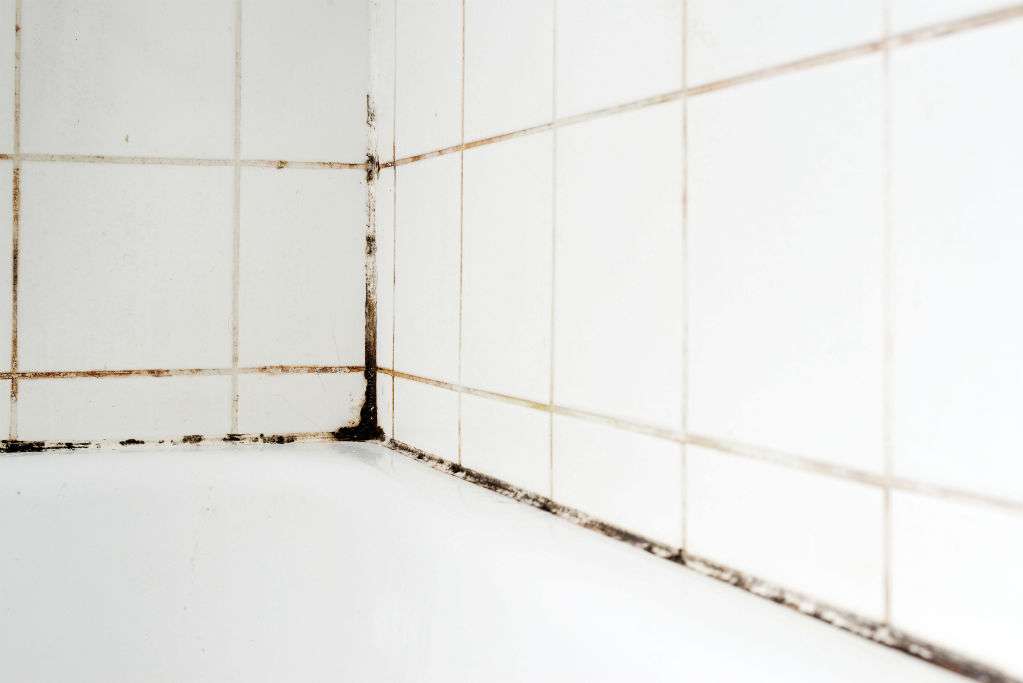
The Best Way to Remove Mould from a Bathroom
Mould is a common issue in bathrooms due to the humid and damp conditions that make it the perfect breeding ground for spores. While mould can be unsightly, it can also pose health risks, such as respiratory issues and allergies, so it’s essential to address it quickly and effectively. Fortunately, with the right tools and techniques, removing mould can be a straightforward task. Here’s a guide to the best ways to remove mould from your bathroom and prevent it from coming back.
1. Identify the Type of Mould and Affected Areas
Before you start cleaning, it’s essential to identify where the mould is growing. Common areas include:
- Shower tiles and grout
- Around sinks and taps
- Bathroom ceilings and walls
- Window frames
- Underneath sinks or bathroom cabinets
Bathroom mould is often black or dark green, but it can also appear in other shades. Black mould in particular can release mycotoxins that may cause allergic reactions and other health problems. If you find mould covering large areas (more than a few square feet), consider calling a professional, as extensive growth may require specialized treatment and equipment.
2. Gather the Right Cleaning Supplies
To effectively remove mould, you’ll need the following supplies:
- White vinegar (known for its natural mould-killing properties)
- Baking soda
- Hydrogen peroxide (for tougher mould spots)
- Bleach (optional, but effective for stubborn mould on non-porous surfaces)
- Spray bottle
- Scrub brush or old toothbrush (for scrubbing grout and tiles)
- Microfiber cloths
- Protective gear (mask, gloves, and safety glasses)
Important note: Never mix bleach with other cleaners, especially vinegar or ammonia, as it can create toxic fumes.
3. Effective Methods for Mould Removal
There are a few different cleaning methods for tackling bathroom mould, each with its strengths depending on the severity and location of the mould.
Method 1: White Vinegar
White vinegar is a natural and effective way to kill up to 82% of mould spores.
- Step 1: Pour undiluted white vinegar into a spray bottle.
- Step 2: Spray the vinegar directly onto the affected areas and let it sit for at least an hour. This gives the vinegar time to penetrate the mould and kill spores.
- Step 3: Use a scrub brush or toothbrush to scrub away the mould.
- Step 4: Rinse with warm water and wipe the area with a microfiber cloth to dry thoroughly.
Why it works: Vinegar’s acidity breaks down mould and prevents it from spreading, making it a safe and eco-friendly choice for bathroom surfaces.
Method 2: Baking Soda and Water Solution
Baking soda is a natural cleaner and deodorizer that’s safe to use on a variety of surfaces, including tiles and grout.
- Step 1: Mix one tablespoon of baking soda with a small amount of water to create a thick paste.
- Step 2: Apply the paste to the mouldy areas, especially in grout lines, and let it sit for 10-15 minutes.
- Step 3: Scrub the area with a brush, then rinse with water and wipe it dry with a cloth.
- Step 4: To prevent mould from returning, you can spray the area with a mix of water and baking soda and leave it to air dry.
Why it works: Baking soda is mildly abrasive, making it effective at scrubbing off mould, and it helps absorb excess moisture that contributes to mould growth.
Method 3: Hydrogen Peroxide
Hydrogen peroxide is a powerful antifungal solution that works well for tough spots and stains.
- Step 1: Pour 3% hydrogen peroxide into a spray bottle and apply it directly to the mouldy surfaces.
- Step 2: Let it sit for 10 minutes, allowing it to penetrate and kill the mould.
- Step 3: Scrub with a brush, rinse with water, and dry thoroughly.
Why it works: Hydrogen peroxide kills mould and removes stains, making it effective for both tile and grout without releasing harmful fumes.
Method 4: Bleach Solution (for Stubborn Mould on Non-Porous Surfaces)
While bleach is a harsh chemical, it can be useful for stubborn mould on non-porous surfaces like tiles, sinks, and tubs.
- Step 1: Mix one part bleach with ten parts water in a spray bottle.
- Step 2: Spray the bleach solution onto the mould and let it sit for five to ten minutes.
- Step 3: Scrub the area thoroughly, then rinse and dry.
Why it works: Bleach is highly effective at killing mould on surfaces it can’t penetrate, but it isn’t ideal for porous materials like drywall or wood, where it may not fully reach mould roots.
4. Preventing Mould from Returning
Once you’ve cleaned the mould, taking steps to prevent its return is key. Here are some tips to keep your bathroom mould-free:
- Ventilate the Bathroom: Use an exhaust fan or open a window during and after showers to reduce humidity levels. Good airflow is one of the most effective ways to prevent mould growth.
- Squeegee and Wipe Down Surfaces: After showering, use a squeegee on tile walls and wipe down countertops, shower doors, and windows to remove excess moisture.
- Fix Leaks Immediately: Leaking faucets, showerheads, or pipes can create damp areas that encourage mould growth. Address any leaks as soon as they arise.
- Use Mould-Resistant Paint: If you’re repainting your bathroom, consider using mould-resistant paint on walls and ceilings to help prevent future growth.
- Regular Cleaning: Clean bathroom surfaces regularly with vinegar or a mould-inhibiting cleaner to kill any spores before they can spread.
Final Thoughts
Mould in the bathroom is a common problem, but with the right cleaning techniques and preventive measures, you can keep it at bay. Whether you choose natural solutions like vinegar and baking soda or need a stronger approach with bleach, regular cleaning and ventilation are essential to maintaining a clean and mould-free bathroom. Taking a proactive approach can save you from extensive cleaning down the line and keep your bathroom looking fresh and safe for everyone.
It is not always easy to identify the root cause of the mould but we have been maintaining bathroom in Milton Keynes for many years and have seen it all.
